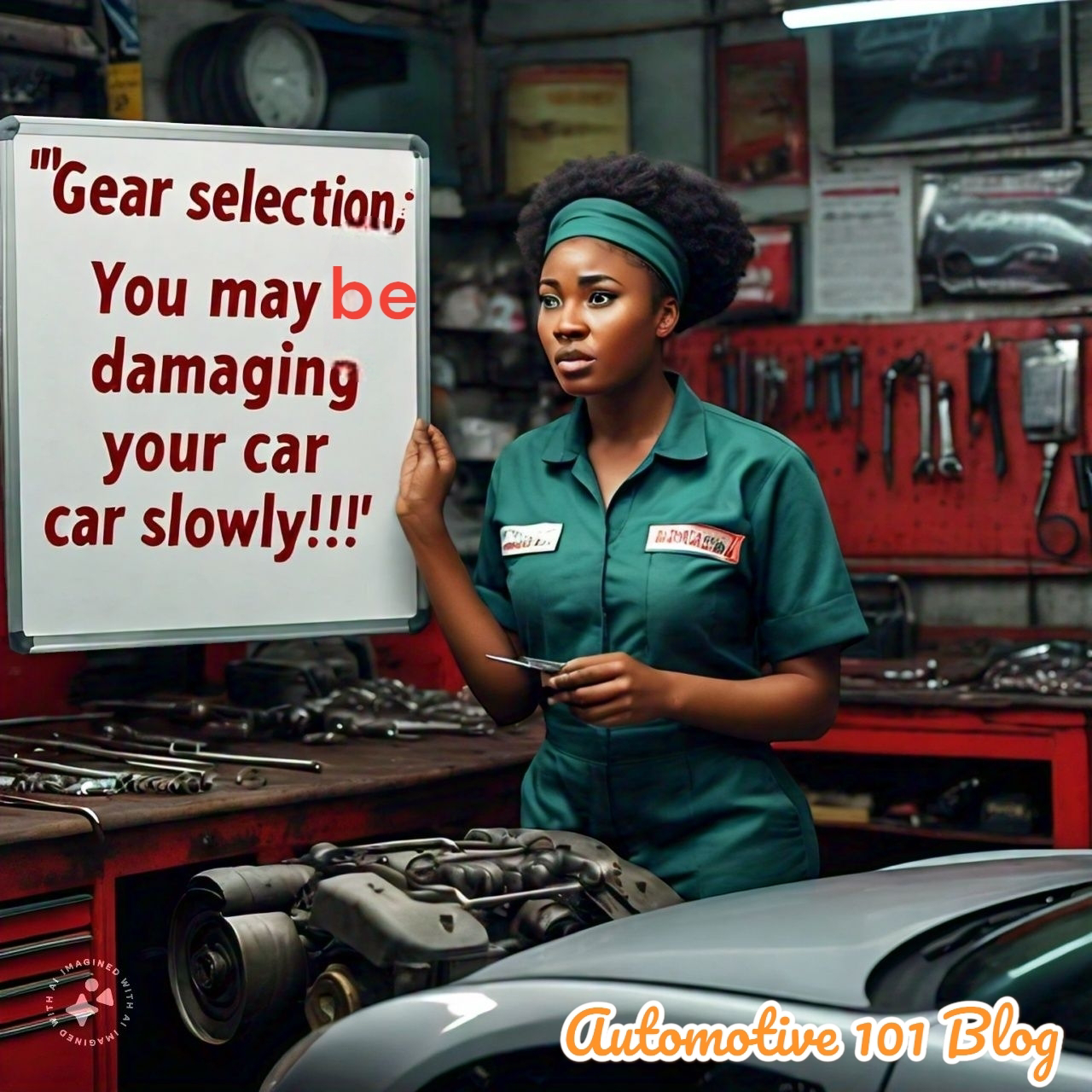Its no longer news that gear problem is on the increase now. Most of them are caused by negligence while majority is caused by wrong use and parking of vehicles.
Most car owners up to 80% in this country dont have functional hand brakes/ park brakes. Most of them think once you park and engage the 'P' the vehicle has been locked from moving. No,doing this without the hand brake on is puting so much pressure on the PARKING PAWL of the gear.
Parking Pawl is a device like pin that locks the transmission output shaft of the transmission and drive wheels of the vehicle from moving.
If a vehicle rolls some inches front or backwards freely after shifting into "P" then your parking pawl is broken or badly worn out.
Parking on a sloppy surface without engaging the hand brake puts excessive stress on the transmission and that is very dangerous to the gear. This is why most times when you want to shift your gear out of "P" you hear a clunk sound. That sound is your parking pawl trying to forcefully move against the transmission output shaft or out of park because the whole weight of the car is already resting on it, so imagine the effect when you have a heavy vehicle.
>>> RIGHT WAY TO PARK <<<
Automatic gear arrangement use to be P-R-N-D.
Some people shift to "P" first then engage the hand/parking brake while some engage the hand/parking brake first then shift to "P".
Well, no much difference when parked on a level surface but there's big difference when parked on a sloppy surface.
Best way to go is:
- Bring the car to a stop
- engage the parking brake
- shift the gear to 'N' then 'P'
With this the weight of the vehicle will rest on the parking brakes instead of the parking pawl and putting pressure on the gear.
>> EFFECTS OF BAD PARKING PAWL ON VEHICLES <<
- excessive stress on the gear
- vehicle keeps rolling after parking
- clunky sound when engaging from 'P' to 'R' or 'D'
- in event of broken pawl the piece can jam up crucial part of the transmission
Then for people driving manual, parking the vehicle on gear 1 is not a good thing to do.
You are putting so much pressure on the gear. Fix your hand brakes and use it for parking.
Gears are very costly now, take good care of yours.
LET THE GEAR BREATH.
©️Engr Gozie Atueyi.
25th April, 2024.

Comments
Post a Comment
Wish to leave a message?